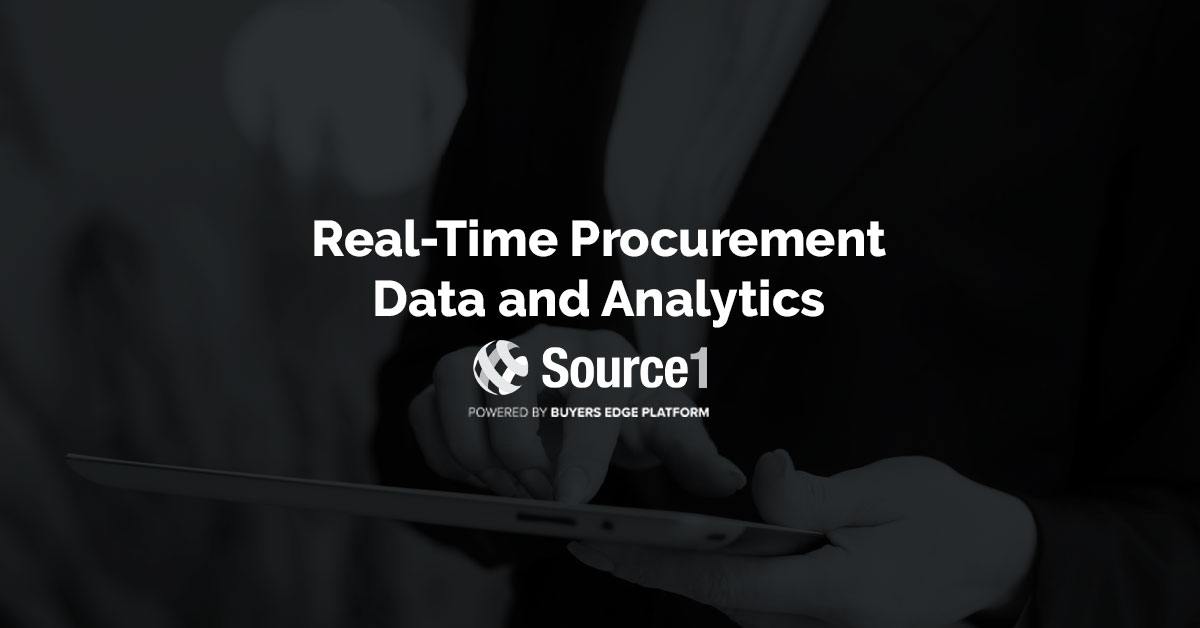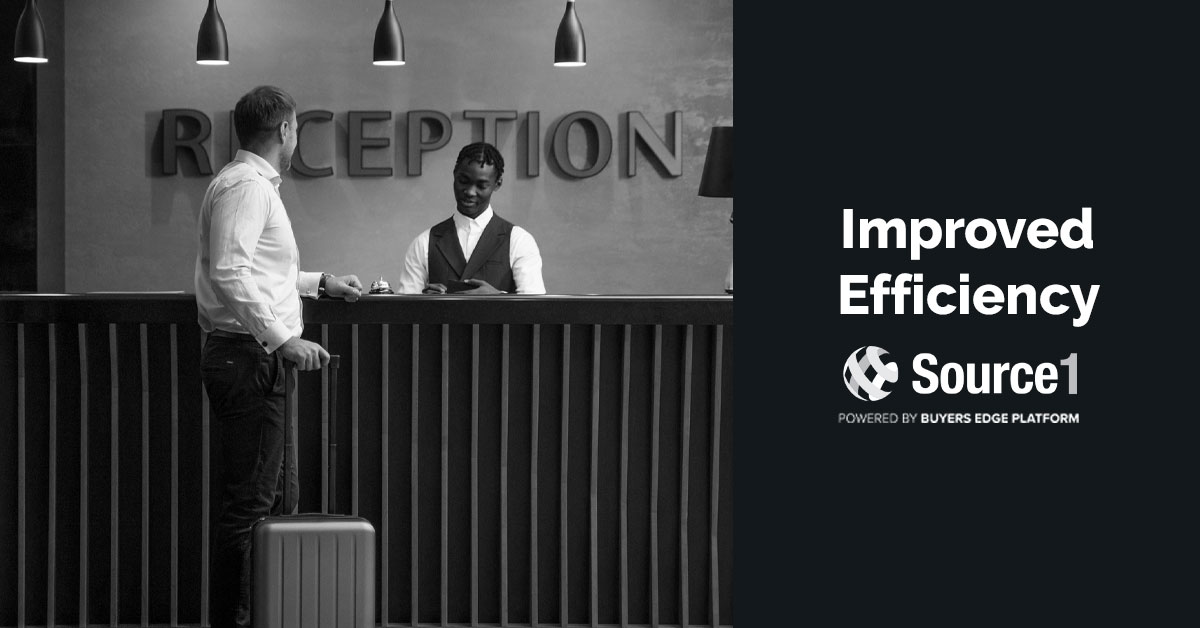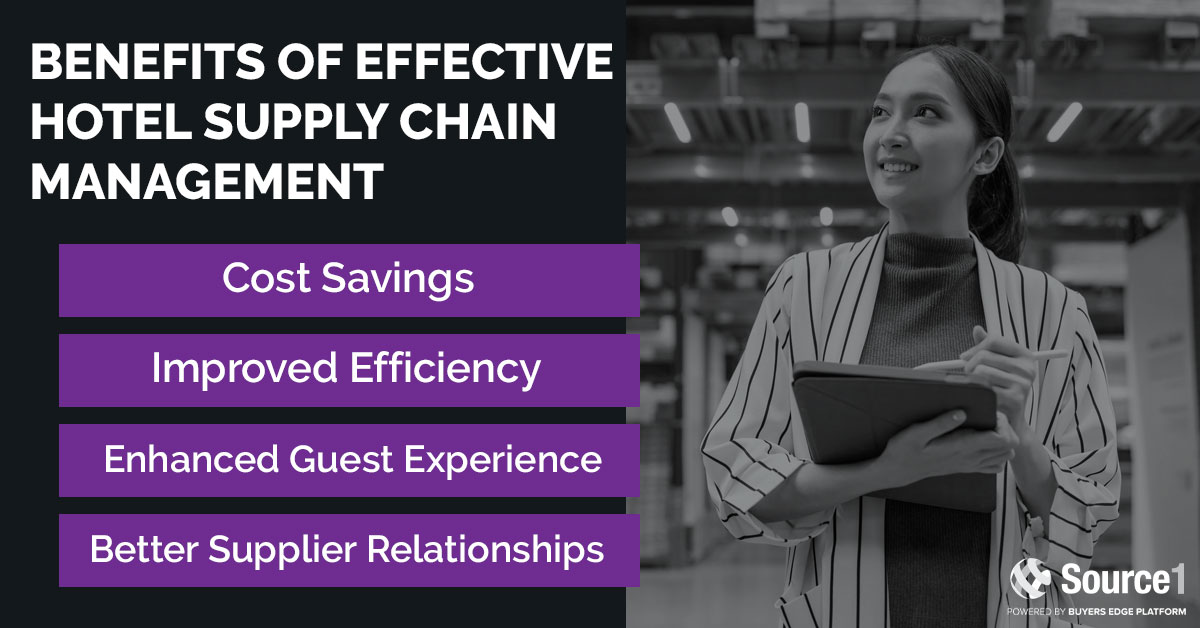Unlock the Potential of Hospitality Procurement Technology with Source1
Are you currently using hospitality procurement technology in your hotel operation?
As the hospitality industry becomes increasingly competitive, hotels are constantly seeking ways to improve efficiency and reduce costs. One area where hotels can achieve significant improvement is in their procurement process.
By leveraging the power of hospitality procurement technology, you can streamline purchasing operations, gain greater control over the supply chain, and ultimately boost your bottom line. From automating data entry to accessing real-time information on suppliers and inventory levels, procurement technology offers a range of benefits that can help hotels to enhance their efficiency, improve decision-making, and reduce costs.
Hospitality procurement technology offers several advantages for hotel operators, such as:

It enables them to streamline their procurement process and automate manual tasks, reducing the risk of errors and saving time. This can help hotel operators to focus on more strategic tasks, such as negotiating with suppliers, improving the guest experience, and driving revenue.

Hotel procurement technology provides real-time data and analytics on purchasing patterns, supplier performance, and inventory levels, enabling hotel operators to make informed decisions on purchasing and reduce costs. By having access to this data, hotel operators can identify areas where they can reduce waste, negotiate better deals with suppliers, and optimize their inventory levels.

Hotel procurement technology can help hotel operators to manage their supplier relationships more effectively, negotiate better deals, and diversify their supply chain. This can reduce the risk of disruptions, ensure that hotel operators are getting the best possible price for products, and enable them to offer a wider range of products to their guests.
Leveraging hotel procurement technology is essential for hotel operators looking to stay competitive in the hospitality industry. By streamlining their procurement process, providing real-time data and analytics, and enabling them to manage their supplier relationships more effectively, hotel procurement technology can help hotel operators to optimize their operations, reduce costs, and improve their guest experience.
By automating manual tasks, providing real-time data and analytics, and enabling hotel operators to manage their supplier relationships more effectively, hotel procurement technology can help operators stay competitive in the rapidly evolving hospitality industry.
With the ability to streamline their procurement process, make informed decisions, and optimize their inventory levels, hotel operators can focus on providing exceptional guest experiences and driving revenue.
Overall, hospitality procurement technology is a must-have for hotel operators who want to stay ahead of the curve and succeed in the highly competitive hospitality industry.
As a Source1 member, you get access to industry leading hospitality procurement technology that you can leverage to make more profitable business decisions. Not yet a member? Sign up today for free!
























































